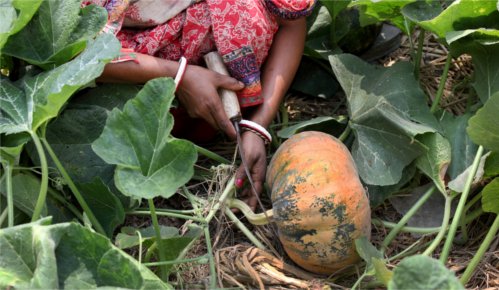
The indirect effects of climate change represent a major threat and put human health and well-being at risk. Water and food scarcity, human migrations and conflicts may be some of the consequences of climate change impacts.
A study recently published on Nature underlies another unexpected event: high CO2 levels decrease the concentrations of zinc, iron and proteins in grains of rice, wheat, maize, soybeans and field peas, which are the most important food crops. An analysis of the United Nations’ Food and Agriculture Organization food balance sheets reveals that in 2010 approximately 2.3 billion people were living in countries whose populations received 60% of their dietary zinc and iron from grains and legumes. Therefore, decreasing amounts of zinc and iron in the edible portion of these food crops will likely exacerbate the issue of “hidden hunger” of micronutrient deficiencies.
Researcher and leading author of the study Samuel Myers (Harvard University, Center for the Environment), addresses these topics and explains to us the kinds of threats that human nutrition is expected to face in the near future.
The full interview by Laura Caciagli is available on Climate Science & Policy, the CMCC web magazine. Go to the full article


